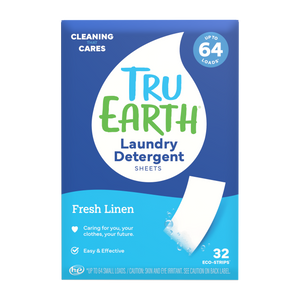The unsightly presence of rust in your toilet bowl can be both disconcerting and challenging to address. We will help you restore the gleam to your porcelain throne without using complex language or complicated methods.
Let's take a closer look at the straightforward yet detailed process of ridding your toilet bowl of rust stains and reclaiming its pristine appearance.

The Origins of Toilet Bowl Rust
To grasp the origins of rust staining your toilet bowl, envision a narrative where iron and steel components within your plumbing system engage in a chemical dialogue with two omnipresent companions—oxygen and moisture.
Metallic Symphony: Iron and Steel Components
In the concealed infrastructure of your plumbing system, a metallic symphony plays out. Iron and steel, stalwart components of pipes and fixtures, become unwitting protagonists in the rusting saga.
Their robust nature turns fragile when exposed to the atmospheric elements that trigger the chemical cascade leading to rust.
Oxygen's Involvement: The Breath of Rust
Oxygen, the very air we breathe, serves as a co-conspirator in the formation of rust. It forms a key part of the chemical equation where iron or steel surrenders electrons, succumbing to the oxidative embrace.
This reactive dance with oxygen gives rise to the reddish-brown compound—iron oxide, the notorious rust that mars your porcelain sanctuary.
Moisture's Catalytic Role: Enabling Rust's Flourish
Picture moisture as the catalyst that accelerates the rusting process. Whether it's a slow drip from a worn-out valve or the continual flow of water through the plumbing, moisture acts as the unseen force intensifying the chemical reaction.
It facilitates the exchange of electrons, fueling the formation of iron oxide and encouraging the emergence of rust stains.
The Unseen Battlefield: Detecting Hidden Rust Sources
Identifying the unseen enemies in this battle is essential. Aging pipes, rusty valves, or the quality of your water supply can all serve as hidden sources contributing to rust formation.
Choosing the Right Weapons: Materials for Rust Removal
Equipping yourself with the right materials is key for a successful rust-cleaning endeavor. Arm yourself with a toilet bowl brush, white vinegar, baking soda, lemon juice, and a pumice stone.
These readily available and budget-friendly household items will form the arsenal against the rust invading your toilet bowl.
Step-by-Step Rust Removal Process: A Detailed Guide
Empty the Bowl
Begin by turning off the water supply to the toilet and flushing to empty the bowl. This ensures you have a clear view of the rust stains and allows the cleaning agents to work directly on the affected areas.
Apply White Vinegar
Pour white vinegar directly onto the rust stains, covering them thoroughly. Vinegar's acidity works to break down and dissolve the rust, making it easier to remove. Let it sit for at least 15-20 minutes to allow the acid to work its magic.
Scrub with a Toilet Brush
Take your toilet bowl brush and vigorously scrub the rust-stained areas. The combination of vinegar and mechanical scrubbing will help lift the rust from the porcelain surface. Ensure you reach all corners and crevices for a comprehensive clean.
Add Baking Soda for Extra Power
For stubborn rust stains, create a paste by mixing baking soda with a small amount of water. Apply the paste to the stains and let it sit for an additional 10-15 minutes. Baking soda's abrasive nature enhances the scrubbing process without damaging the toilet bowl.
Lemon Juice for a Citrusy Finish
Squeeze lemon juice directly onto the remaining rust stains. Lemon juice, with its natural acidity, serves as a final touch to break down any lingering rust particles. Allow it to sit for a few minutes before giving the area a last scrub with your toilet brush.
Pumice Stone for Tough Stains
If rust stains persist, a pumice stone can be used cautiously. Wet the stone and gently rub it against the rust-stained areas. Exercise caution to avoid scratching the porcelain surface. This method is effective for more stubborn stains but should be used with care.
Preventive Measures: Keeping Rust at Bay
Now that your toilet bowl is restored to its former glory, consider implementing preventive measures to keep rust at bay. Install a water softener to reduce mineral content in your water, preventing rust formation.
Regularly inspect and maintain plumbing fixtures to address any potential sources of rust before they become problematic.

Reveling in a Rust-Free Throne
In conclusion, the process of cleaning rust from your toilet bowl need not be a daunting task. Armed with household items and a step-by-step guide, you can banish those unsightly stains and revel in the glory of a rust-free throne.
Understanding the origin of rust, choosing the right materials, and following a detailed removal process ensure a successful cleaning endeavor. May your toilet bowl shine once more!

